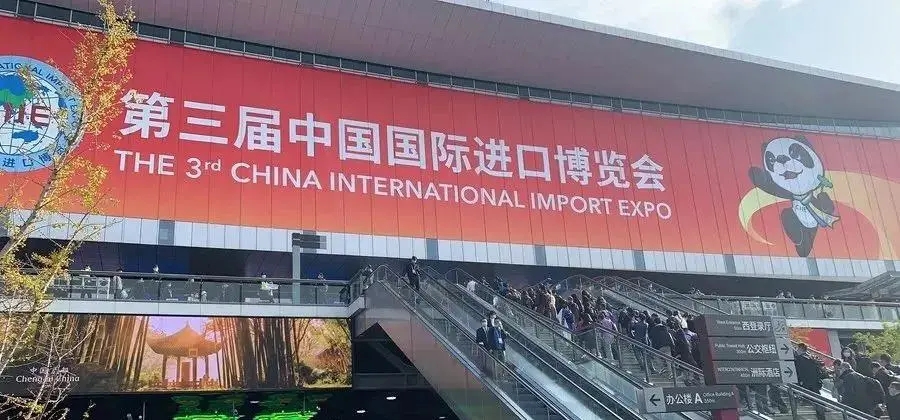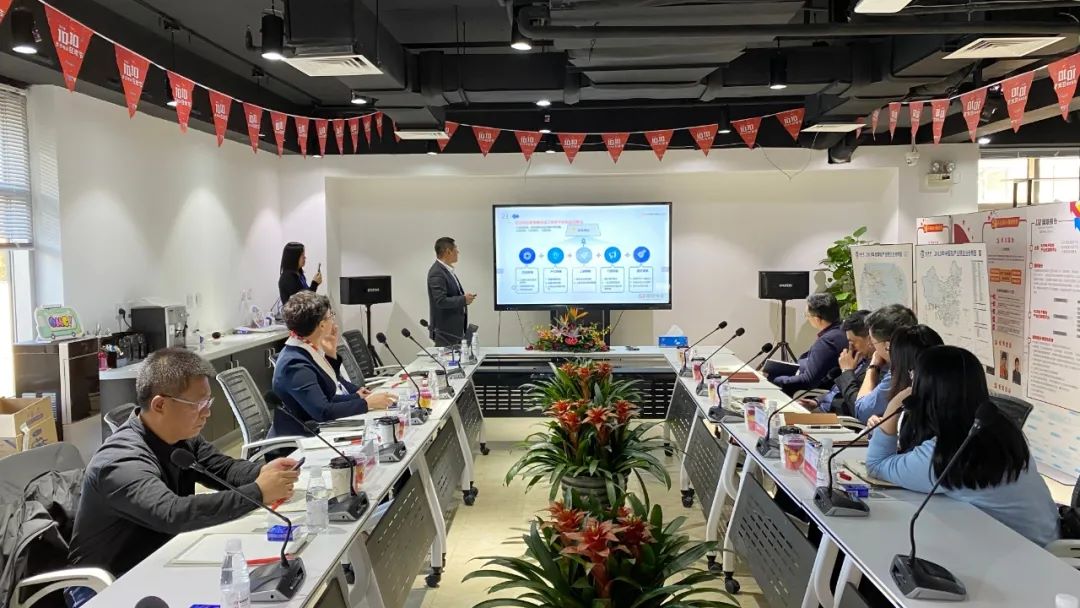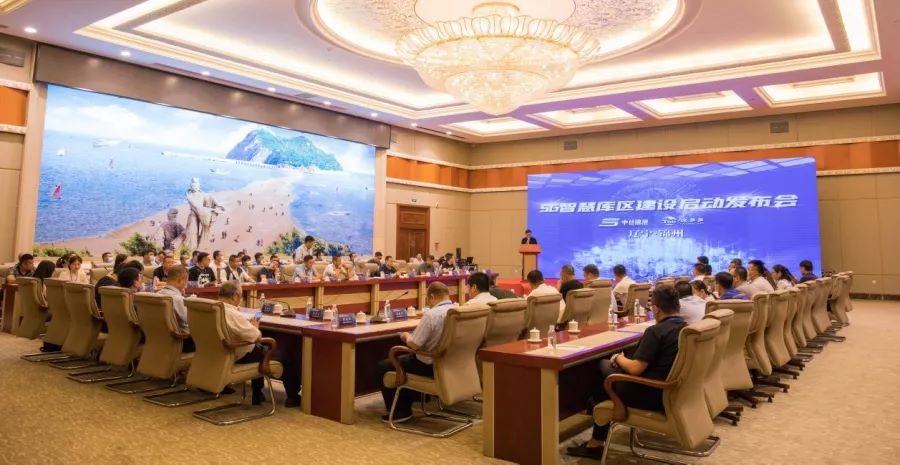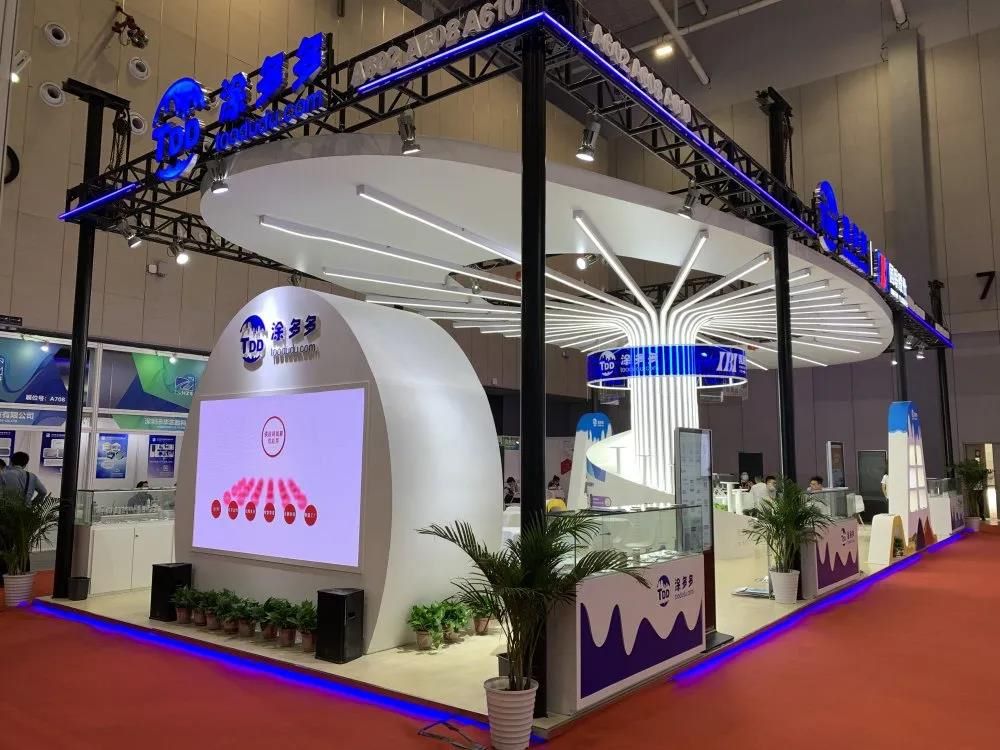The three Korean giants counterattack in the tire market
In May this year, Hankook, Kumho, and Nexen, three Korean tire giants, successively announced their first quarter financial reports for 2025. This report card is like a stone thrown into a calm lake, causing ripples in the global tire industry.
The total revenue of the tire business of the three companies reached 22.5 billion yuan, a year-on-year increase of 12.31%. This figure is eye-catching in the current environment where the economic recovery is still weak and the prices of raw materials are fluctuating.
What is more interesting is that this revenue scale almost reached 85% of the revenue of the nine listed tire companies in China in the same period (28.5 billion yuan) - you know, China is a "superpower" in global tire production and export, and the nine listed companies are the leading companies in the industry.
Looking at the data in detail, the growth of Korean tires is by no means accidental. In South Korea, with the recovery of sales of automakers such as Hyundai and Kia, orders for supporting tires have risen; the overseas market is the real "growth engine".
In the North American market, Hankook has successfully entered the supply chain system of Ford and GM with its customized all-terrain tires for pickup trucks and SUVs; in the European market, Kumho's low rolling resistance tires developed in response to environmental regulations have not only won orders for some Volkswagen models, but also sold well in the aftermarket.
Nexen took a different approach and focused on high-performance sports tires. After sponsoring the WRC World Rally Championship, its products doubled their share in the European modified car market.
Turning our attention to China, although China's nine listed tire companies are large in scale, they are slightly passive in this competition.
An executive of a tire company in Shandong privately admitted: "Our factory has an annual production capacity of tens of millions of tires, but most of them are OEM for foreign brands, and our own brand is not well-known in the overseas market." This dilemma is not an isolated case.
Compared with Korean companies that often invest 5%-8% of their revenue in research and development, many Chinese companies are still relying on low prices to seize the low-end market. A European buyer once complained: "The price of Chinese tires is indeed attractive, but for products of the same specifications, Korean brands can get two more stars in the wet grip test, so consumers are naturally willing to pay more."
The gap in brand building is more intuitive. Walking in the European auto parts city, Hankook's blue signboard and Nexen's orange logo can be seen everywhere, and the stores display promotional posters of sponsored events; while the counters of Chinese brands are often hidden in the corner, relying on "buy three get one free" promotional signs to attract customers.
This disparity in brand power is directly reflected in the product premium - for the same specifications of passenger car tires, the average selling price of Korean brands is 30% higher than that of Chinese brands.
However, Chinese tire companies are by no means powerless. In the Southeast Asian market, companies such as Linglong and Sailun have successfully won supporting orders from Japanese automakers by relying on the cost advantage of building factories locally; in China, the explosive growth of new energy vehicles has opened up a new track for domestic tires.
The founder of an emerging tire brand revealed: "We have received long-term orders from Weilai and Xiaopeng for our silent tires developed specifically for electric vehicles within half a year of its launch. This was unthinkable before."
This "revenue competition" between Chinese and Korean tire companies is essentially a microcosm of the restructuring of the global tire industry.
Korean companies use technological innovation and brand marketing to open up market gaps, while Chinese companies rely on economies of scale and localization strategies to hold their ground.
In the future, with the popularization of intelligent production and the tightening of carbon neutrality policies, the battlefield of this competition will become more multidimensional, and the ultimate beneficiaries may be consumers who can find a balance between performance, price and environmental protection.











